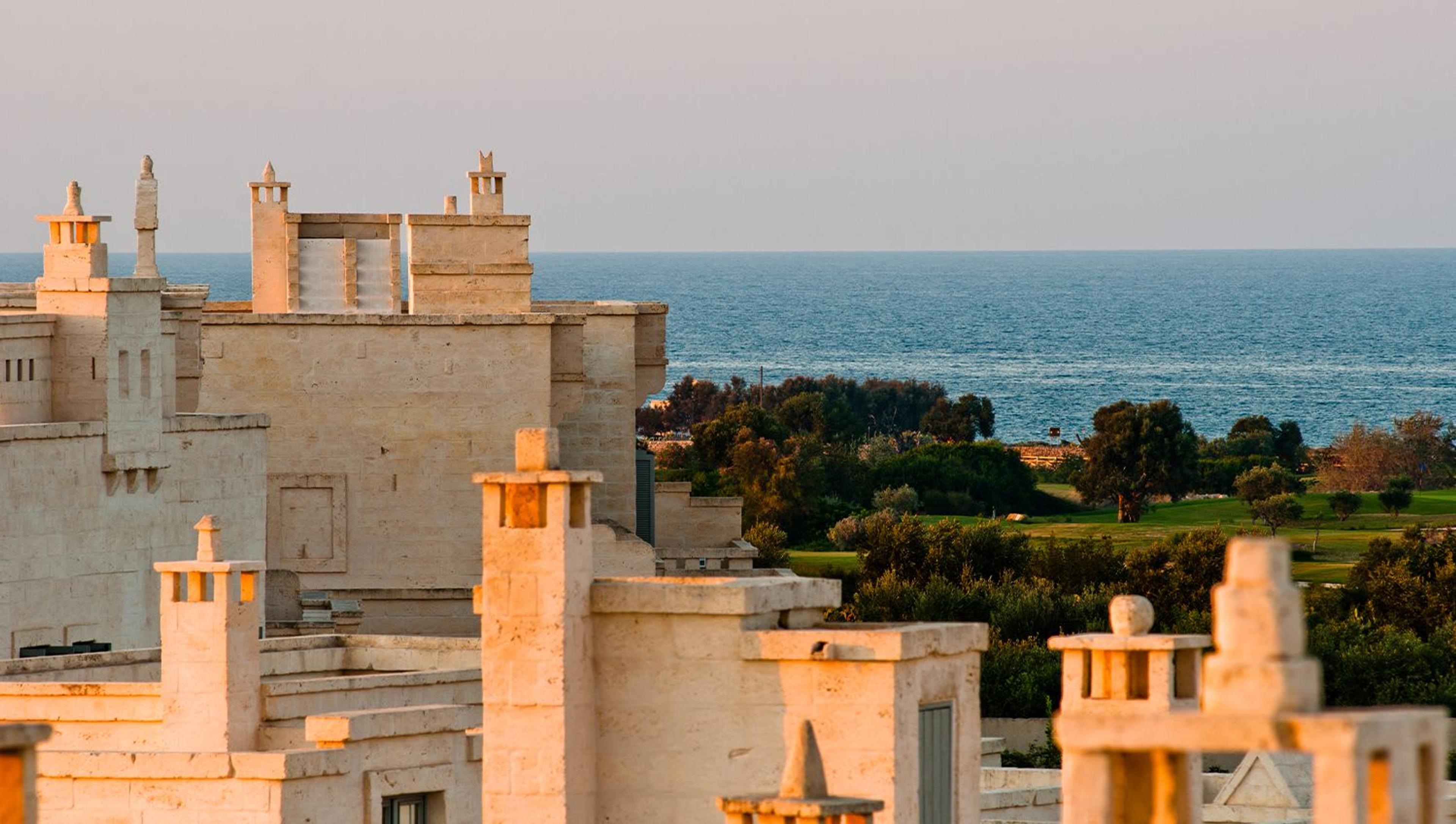
Lustro Pumo Sculpture Feuille d'Or
80 EUR
Expédié dans 3-4 semaines
Le contenu de cette page a été traduit automatiquement. Visiter le site en anglais
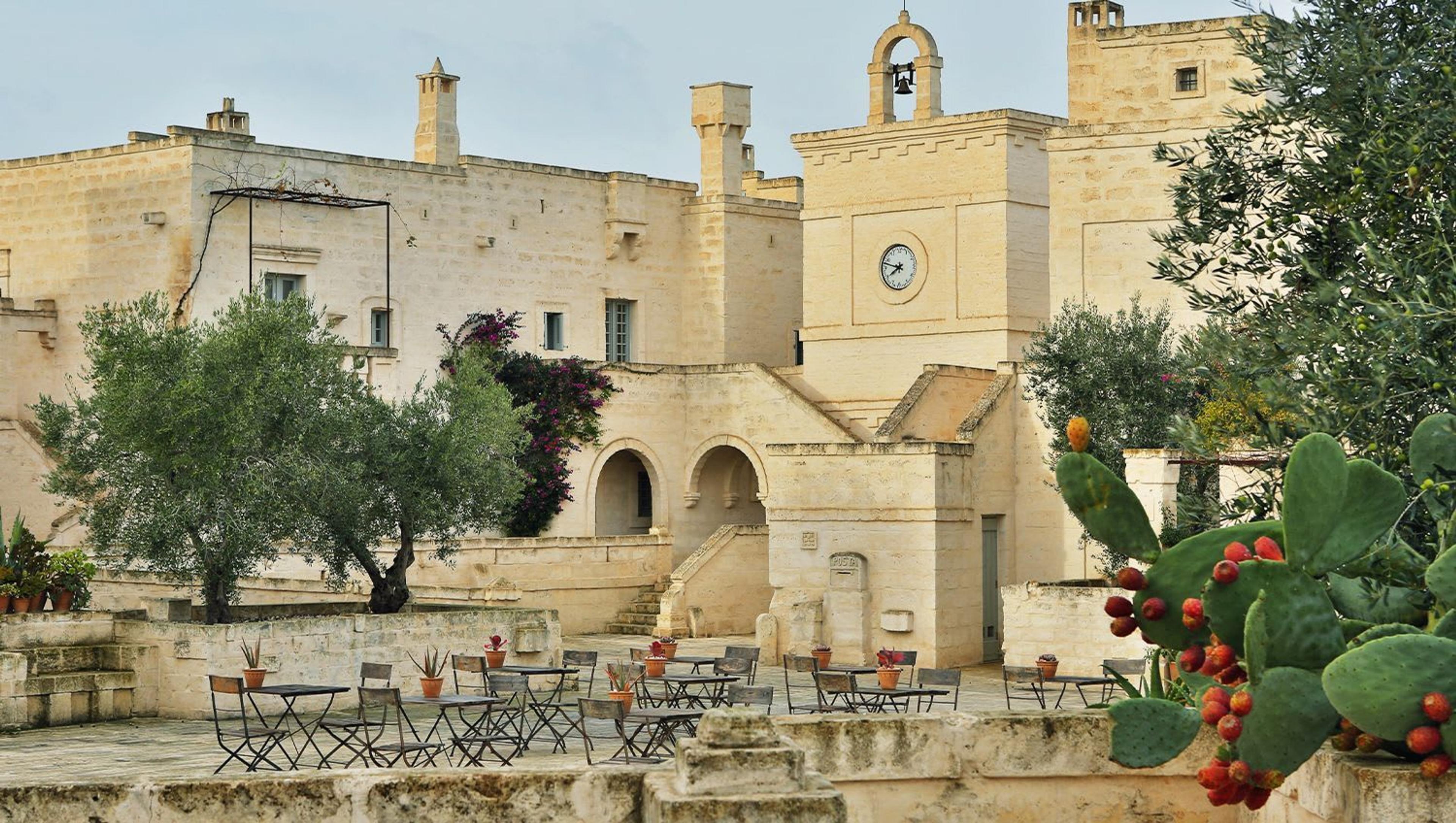
Artemest est fier de présenter le guide ultime des initiés en Italie. Deuxième arrêt : Les Pouilles. Découvrez la beauté de cette terre et explorez le talon de l'Italie du sud au nord, en traversant des oliveraies, des sanctuaires de vie sauvage en bord de mer et plusieurs centaines de kilomètres de littoral parsemés de villes blanches historiques, abritant l'artisanat local le plus authentique.
Situées dans l'une des régions les plus suggestives du pays, au talon de la botte italienne, les Pouilles se caractérisent par des plages sauvages et des paysages marins d'une grande beauté. La région est imprégnée d'histoire et couverte de traces du passé : amphithéâtres, vieux palais baroques, châteaux et églises majestueuses sont les témoins silencieux des différentes cultures qui ont habité le territoire par le passé.
Enraciné dans cette terre sauvage et ancienne, l'artisanat local s'inspire de ses origines multiculturelles et de ses paysages authentiques.

80 EUR
Expédié dans 3-4 semaines

17.570 EUR
Expédié dans 5-6 semaines

950 EUR
Expédié dans 1 semaine

3905 EUR
Expédié dans 3-4 semaines

180 EUR
Expédié dans 1 semaine

690 EUR
Expédié dans 1-2 semaines

2200 EUR
Expédié dans 1 semaine

90 EUR
Expédié dans 1-2 semaines

2845 EUR
Expédié dans 4-5 semaines

6220 EUR
Expédié dans 3-4 semaines

660 EUR
Expédié dans 5-6 semaines

855 EUR
Expédié dans 5-6 semaines
Salento - Surplombant deux mers différentes - la mer Ionienne et la mer Adriatique - Salento occupe une position stratégique. Si vous êtes à la recherche d'une expérience unique, rendez-vous à Santa Maria di Leuca et admirez la vue depuis l'extrême pointe de l'Italie. Ensuite, rendez-vous à Lecce, où vous serez surpris par la présence d'un majestueux amphithéâtre en plein air en plein centre-ville, à quelques pas de la basilique Santa Croce et de la vaste Piazza del Duomo.
Valle d'Itria - Cachée dans l'arrière-pays des Pouilles, la Valle d'Itria est l'une des parties les plus caractéristiques et les plus authentiques de la région. Elle est composée d'un dense chapelet de città bianche - villes blanches - qui ont toutes une histoire à raconter. La ville d'Alberobello est mondialement connue pour la présence de petites habitations en pierre en forme de ruche appelées Trulli. Faites le tour de la vallée et visitez les quartiers historiques de Cisternino, Martina Franca, Ostuni, Grottaglie et Locorotondo. Vous y trouverez de nombreux joyaux architecturaux, taillés dans le tuffeau de la région et réalisés de main de maître par les tailleurs de pierre locaux.
Bari - Bari est la capitale des Pouilles et la partie la plus intéressante de la ville se trouve dans les murs de la vieille ville, ou Bari Vecchia. En suivant les rues étroites et pavées, vous atteindrez certains des exemples les plus authentiques d'églises de style roman, comme la basilique de San Nicola. Une fois dans la vieille ville, après avoir mangé une focaccia typique de Barese, promenez-vous le long de la promenade du Lungomare pour profiter de l'heure dorée et d'une vue exceptionnelle sur l'horizon.
Gargano - Appelé l'éperon de l'Italie en raison de sa forme, le promontoire du Gargano est un balcon sur la mer Adriatique. Véritable havre de paix à la végétation luxuriante et aux lieux romantiques évocateurs, il se caractérise par des vues imprenables sur la mer cristalline et un attrait sauvage et authentique. En tant que parc national le plus étendu d'Italie, le Gargano représente un véritable joyau de la nature, parfait pour l'aventurier qui souhaite explorer et observer la nature à partir d'une position privilégiée.
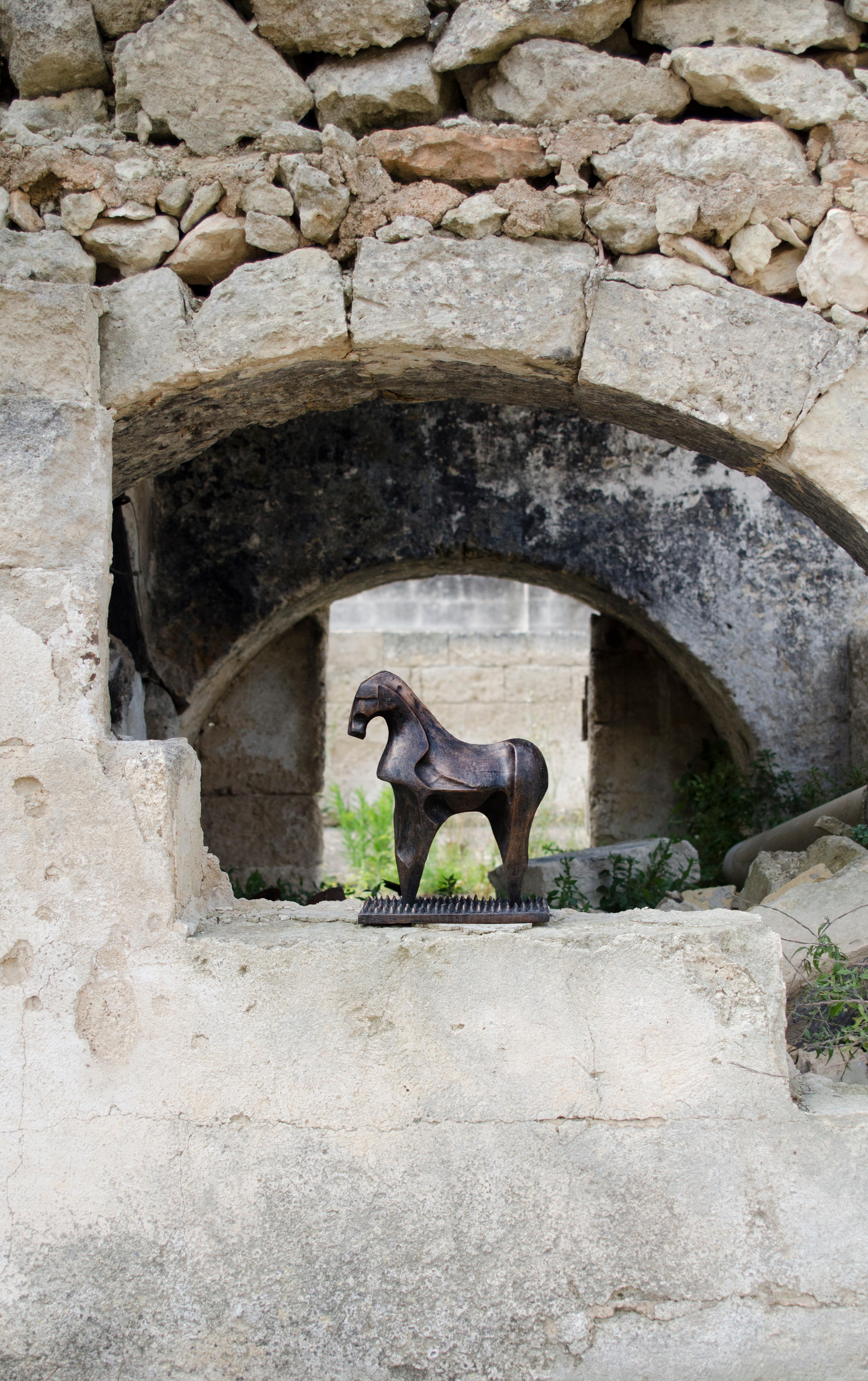
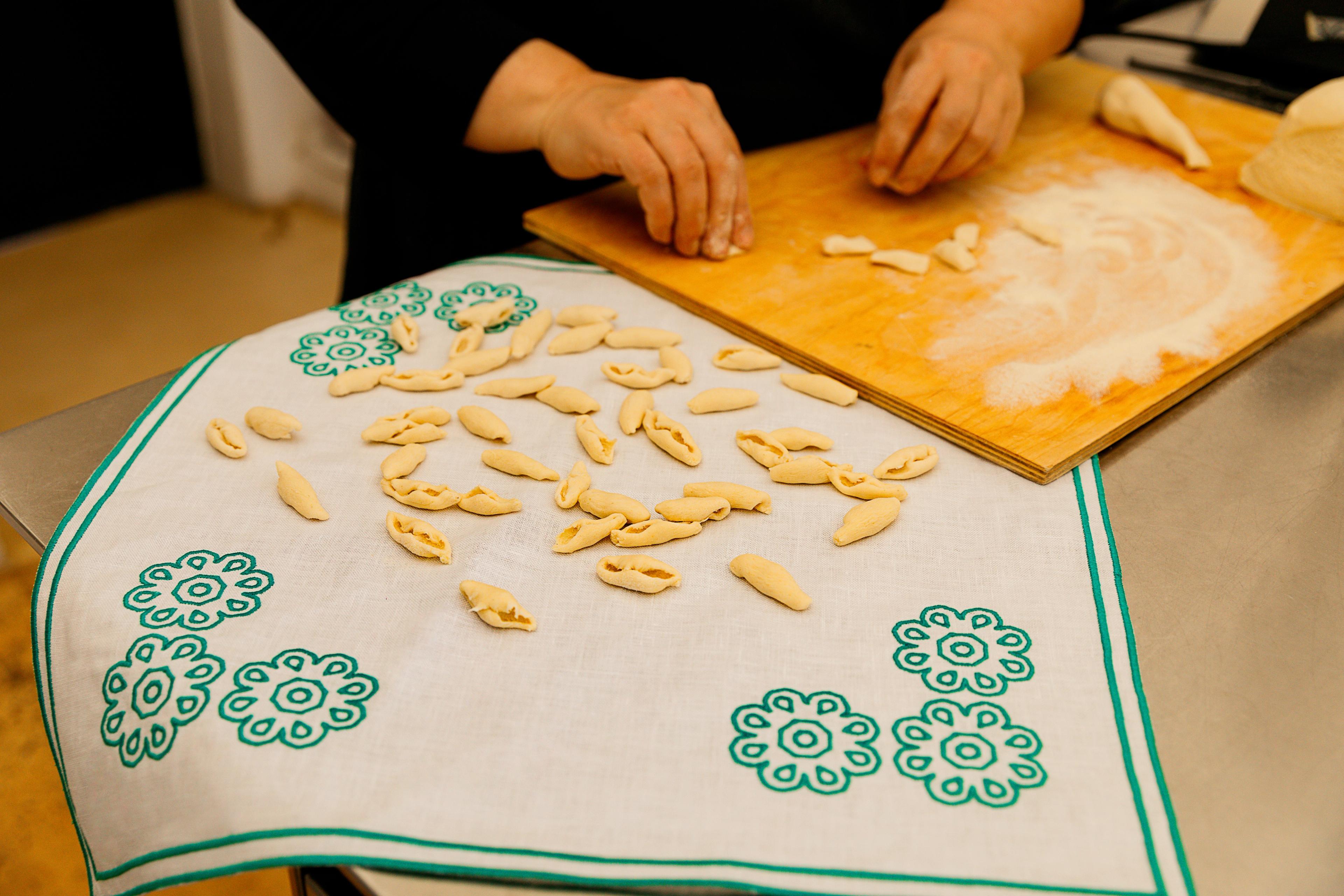
Céramique de Cutrofiano et Grottaglie - Ici, vous pourrez découvrir l'artisanat italien le plus authentique : à Cutrofiano, la tradition de la poterie se perpétue depuis 1650 grâce au travail magistral deFratelli Colì et Nuova Colì. Si vous visitez Grottaglie, vous trouverez le "quartier de la céramique" : un quartier magique plein d'artisans qui laissent l'argile couler entre leurs doigts. La Bottega del Monaco y trouve son atelier et constitue un exemple majestueux de cet art unique.
Textiles des Pouilles - Parmi les formes d'artisanat qui méritent une mention particulière, il y a certainement le tissage et la broderie. Cette activité concerne toute la région : des mains habiles des femmes du Gargano et de Bari aux artisans de Salento, entre Maglie et Capo di Leuca. Cibelle produit des nappes et des accessoires faits main, caractérisés par des motifs vivants inspirés de la nature et des traditions des Pouilles. Domus est un atelier artisanal qui est devenu un point de référence dans le monde entier pour le style et l'ameublement.
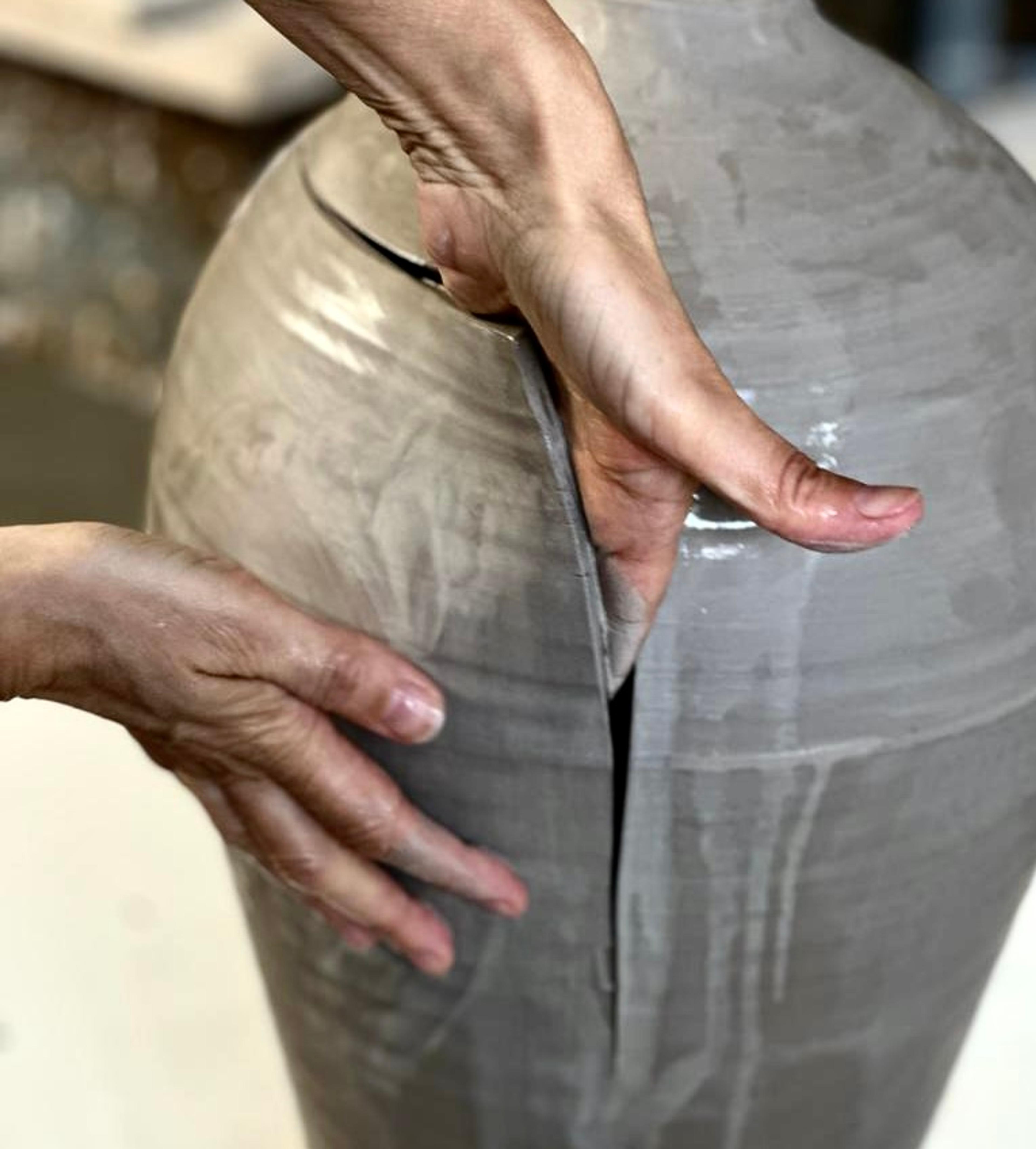
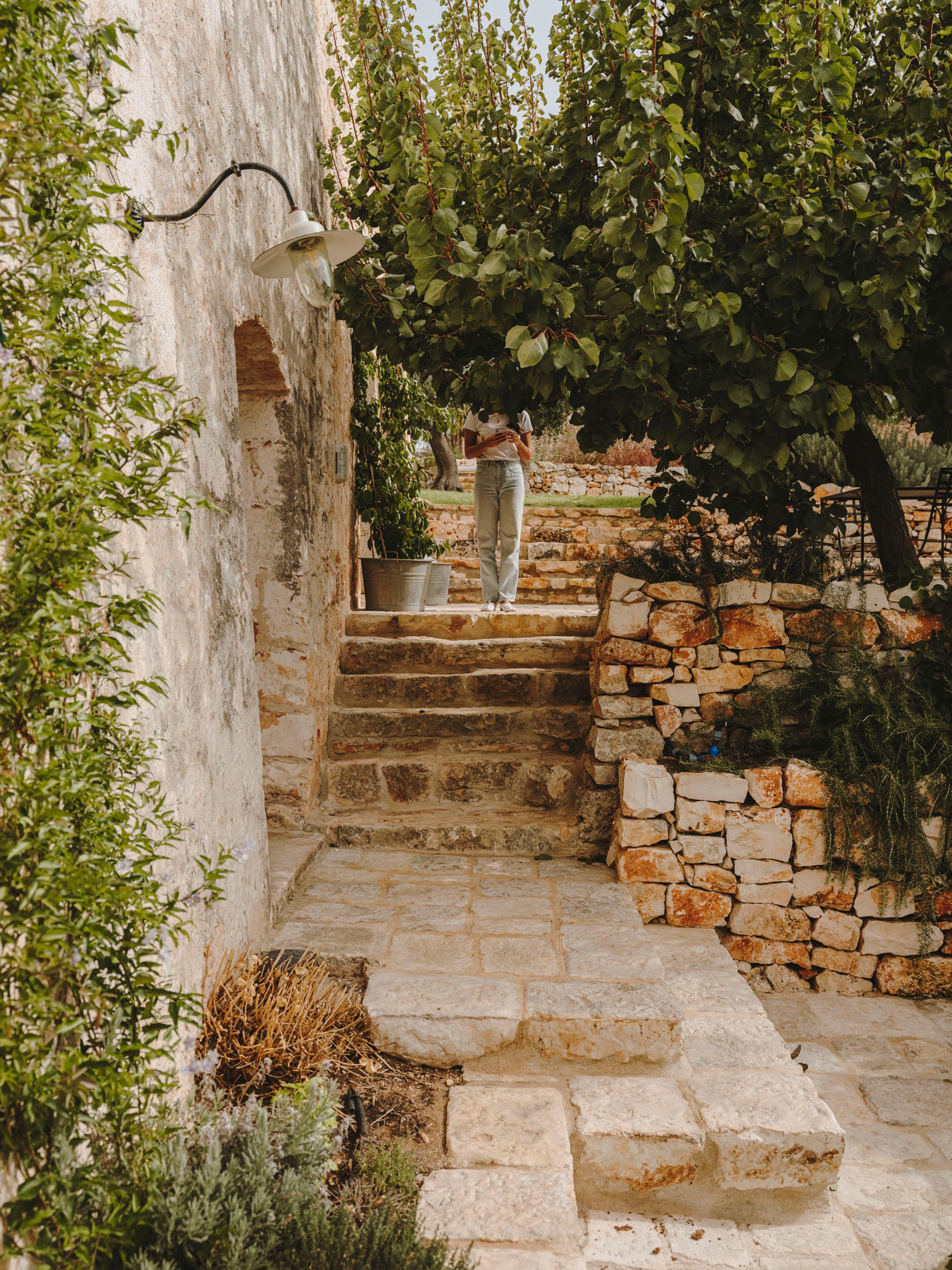
Découvrez les masseries intemporelles et les refuges en bord de mer des Pouilles, où l'architecture blanchie à la chaux côtoie les cours ensoleillées et les oliviers centenaires. Ces joyaux célèbrent l'artisanat local, les matériaux traditionnels et une élégance discrète enracinée dans l'hospitalité du sud de l'Italie.
Masseria Moroseta, Ostuni
Casa Olivetta, Ostuni
Borgo Egnazia, Savelletri
Masseria Torre Maizza, Savelletri
Masseria Le Mandorle, Ugento
Masseria San Michele, Martina Franca
Patria Palace, Lecce
